Tariffs resulting from international trade disputes may have significant financial implications for Canadian drivers across all vehicle segments. These economic effects extend beyond initial purchase prices, affecting the broader automotive sector. Here are 25 surprisingly painful ways tariffs could make life harder for Canadian drivers, beyond just paying more for your next ride.
Sticker Shock at the Dealership

Let’s start with the obvious: tariffs on imported vehicles mean higher prices at the dealership. Canadian drivers are facing sticker shock as the federal government imposes a 100% tariff on electric vehicles (EVs) imported from China, effective October 1, 2024. This move, aligning with similar U.S. and EU actions, aims to counteract China’s state-subsidized overcapacity in the EV sector and protect domestic industries. Plus, since 80% of vehicles sold in Canada are imported, the average Joe could be staring down price hikes ranging from $5,000 to $10,000 on popular models.
Parts? Prepare to Wait and Pay More
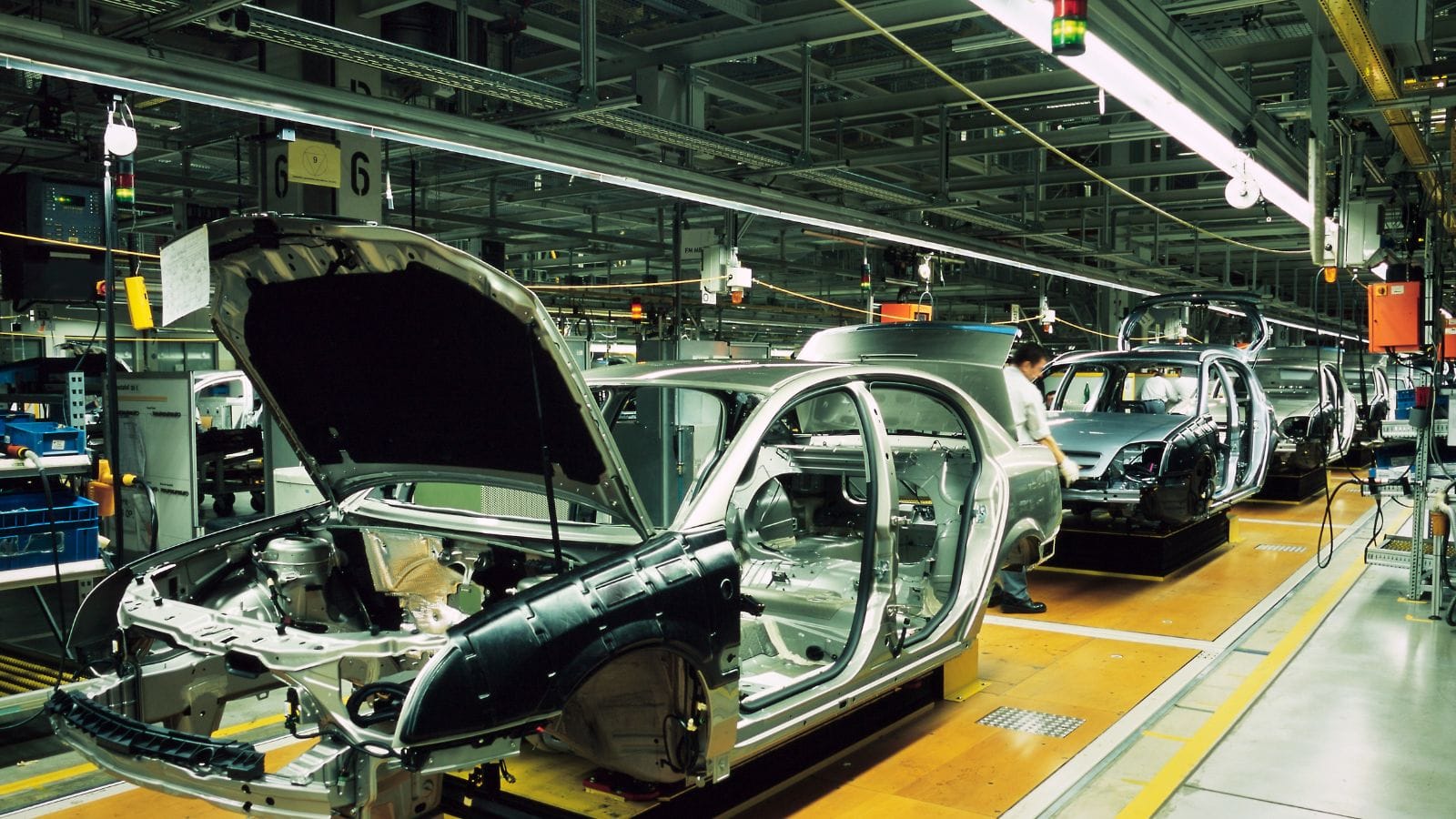
Tariffs on imported auto parts—from sensors to seat belts—will inflate repair costs. Canada imports about 75% of its auto parts, many from countries like Mexico, China, and the U.S. Tariffs as high as 20–35% could be passed directly to consumers, inflating prices on everything from brake pads to sensors. Worse, parts not manufactured domestically would become scarcer as suppliers struggle with compliance and logistics. Say goodbye to that quick oil change—unless you’re cool with a $300 synthetic blend.
Fewer Model Options

Manufacturers may pull out lower-margin models rather than eat the cost of tariffs. That adorable subcompact hatchback you had your eye on? Discontinued. Canada, dependent on international brands for over 75% of its auto inventory, could see once-available niche models disappear, like manual-transmission hatchbacks or lower-cost EVs. And, as automakers consolidate platforms and shift production to domestic-friendly markets, selection narrows and consumer choice suffers.
Luxury Car Lovers Get Walloped

German automakers like BMW, Audi, and Mercedes could be hit especially hard. Tariffs of 25% or more mean your dream of finally leasing that GLE might stay just that—a dream. While the tariffs aim to shield over 255,000 jobs in Canada’s auto, steel, and aluminum sectors, consumers may bear the brunt through increased vehicle prices and reduced availability of affordable EV options. This move could inadvertently slow Canada’s transition to zero-emission vehicles by limiting access to cost-effective models.
Resale Value Takes a Hit
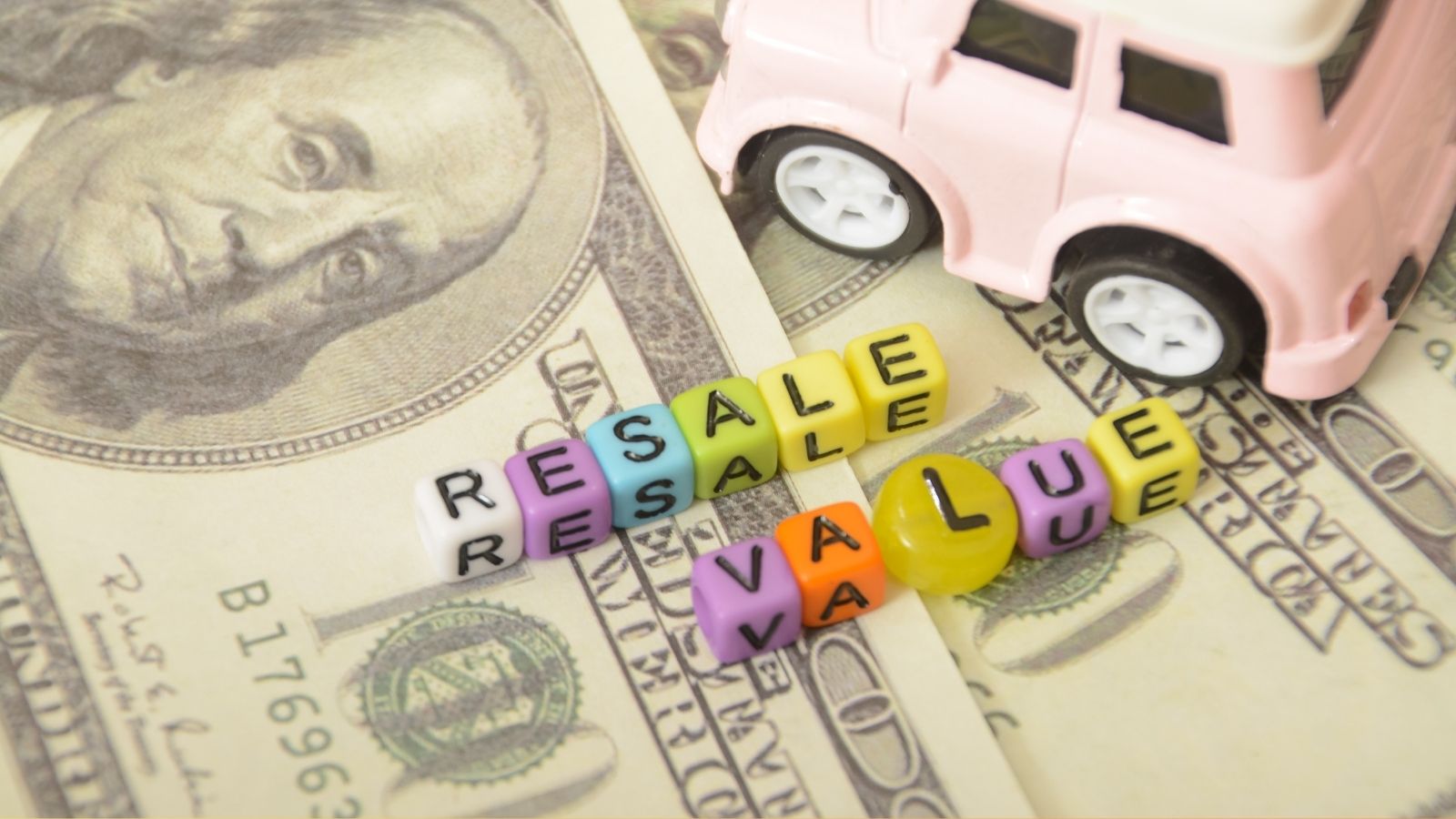
As fewer new vehicles are sold, the used market gets flooded with older models, pushing down resale value. Great if you’re buying used, terrible if you planned to trade in that 2019 CR-V. As repair expenses rise, vehicle ownership costs increase, negatively affecting resale values. In summary, while the immediate effect of the tariffs may elevate used car prices, the associated increase in maintenance costs and purchase prices could ultimately diminish the resale value of vehicles, posing challenges for Canadian drivers.
Leasing Becomes Ludicrously Expensive

Leasing depends on a vehicle’s residual value. Higher MSRPs mean higher monthly payments and tougher lease terms. For example, a $40,000 vehicle hit with a 20% tariff could jump to $48,000, pushing monthly lease payments up by $60–$100. Factor in interest (ahem, sorry— “money factor”) and tax, and your once-affordable crossover becomes a luxury you can’t afford to drive. It’s not just luxury cars; mainstream models like the Honda CR-V and Toyota RAV4, many built or partially sourced abroad, will also see higher lease rates.
The EV Market Slows to a Crawl
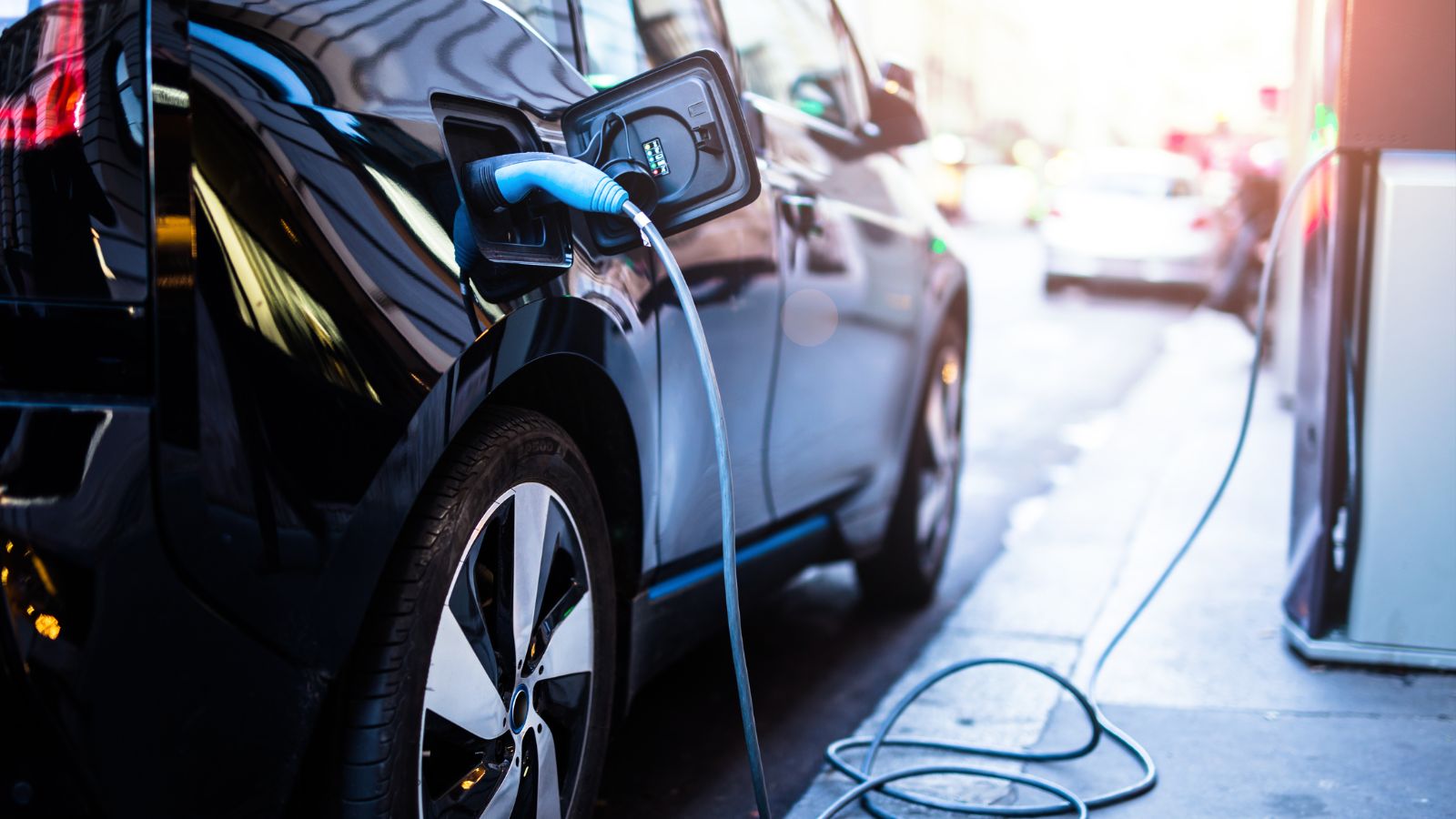
Electric vehicles rely heavily on globally sourced components. The tariffs also affect companies like Tesla and Polestar, which manufacture vehicles in China for the Canadian market. Tesla, for instance, had increased shipments from its Shanghai factory to Canada, contributing to a 460% rise in Chinese automobile imports through Vancouver in 2023. With the new tariffs, these more affordable models become less accessible, potentially slowing EV adoption. Tariffs could slow EV adoption in Canada, which is already sluggish due to charging infrastructure challenges and our charming -30°C winters.
Canadian Auto Industry Jobs at Risk

Fewer car sales and less demand for imported parts could lead to manufacturing, logistics, and sales layoffs. In April 2025, the unemployment rate rose to 6.9%, with 31,000 manufacturing jobs lost, primarily attributed to these tariffs. Honda postponed a CA$15 billion EV project in Ontario, which aimed to create 1,000 jobs, citing market uncertainties and tariff impacts. Nissan announced a 15% global workforce reduction, affecting 20,000 jobs, due to financial pressures from U.S. tariffs. These developments threaten employment and risk higher vehicle prices for Canadian consumers, as automakers adjust to increased costs.
More Cross-Border Car Shopping—With Fewer Benefits
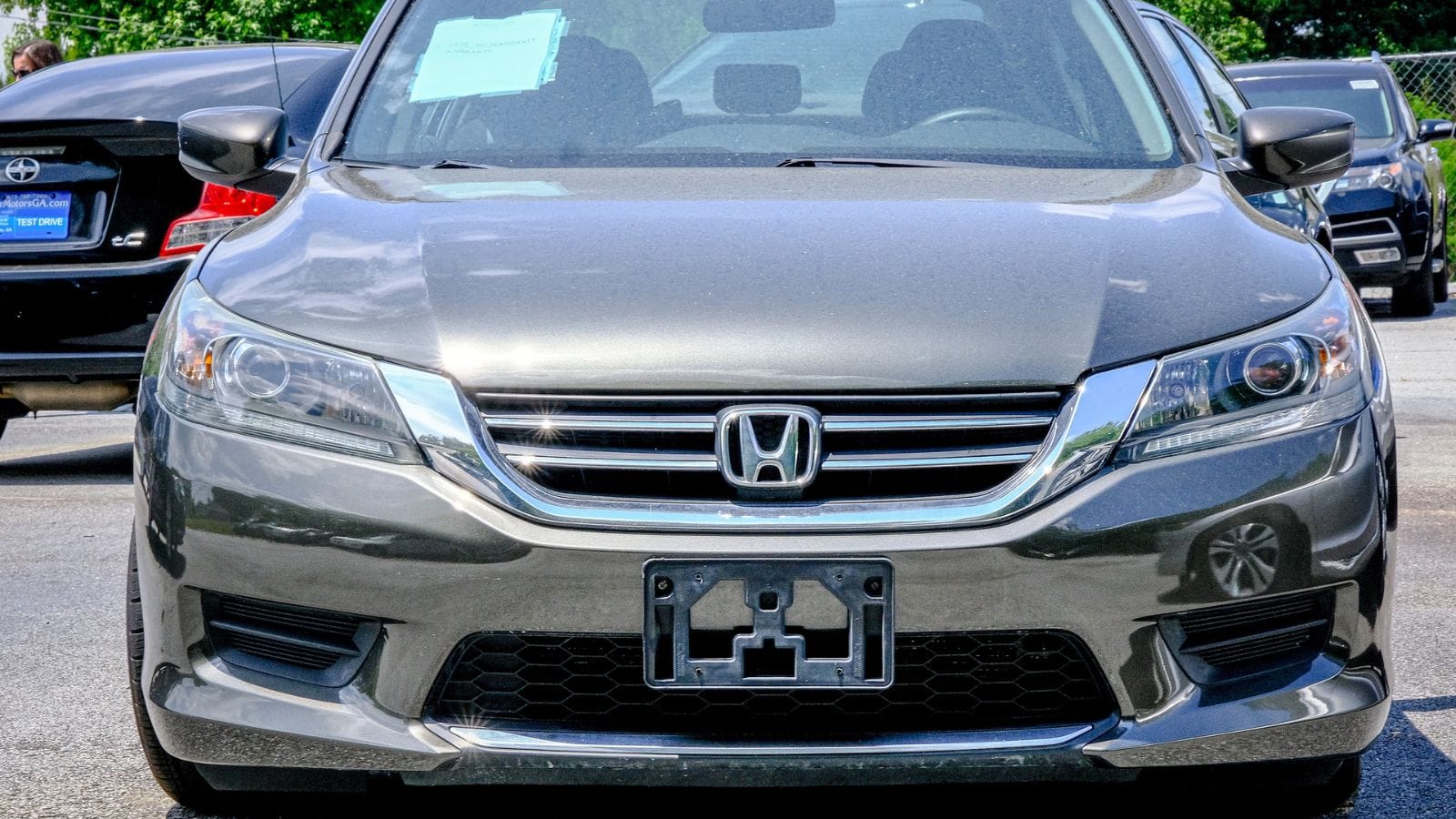
Cross-border car shopping was a crafty Canadian’s loophole to dodge higher prices, especially with a strong Loonie. But proposed U.S. auto tariffs threaten to make that advantage vanish faster than a Timbit at a hockey rink. A 10–25% tariff on imported vehicles would apply even to cars bought in the U.S. and brought into Canada, pushing prices higher regardless of origin. Worse still, Canadian buyers must pay import duties and federal inspection fees and meet safety standards, with the added tariff cherry on top.
Aftermarket Upgrades Get Pricey
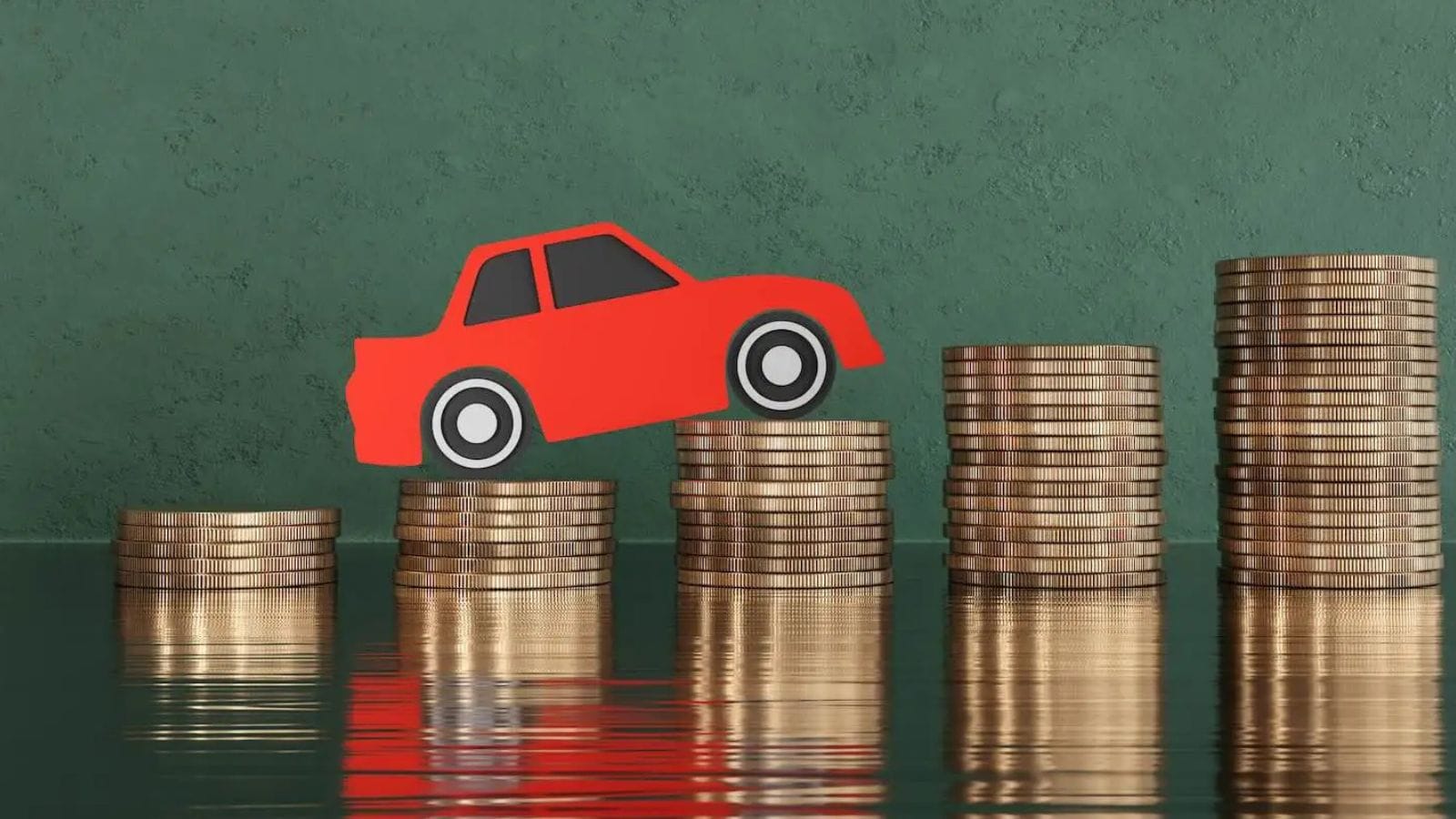
Love your turbo kits, performance brakes, or JDM spoilers? Many aftermarket parts are imported, and double-digit price hikes can be seen. Independent auto repair shops are particularly impacted, facing higher prices and potential critical parts shortages. For instance, standard repairs like brake jobs in the U.S. have seen cost increases of up to $100 due to these tariffs. And, while Canada has not imposed reciprocal tariffs, the U.S. tariffs are still affecting the Canadian market, especially for parts imported from the U.S. Sorry, weekend racers.
Insurance Premiums Rise

Higher vehicle prices mean higher replacement costs, which insurers will happily pass on. Experts estimate that automakers like Toyota could face an additional $5 billion in annual costs due to these tariffs. As vehicle prices rise, so do repair costs, which directly affect insurance claims. The Insurance Bureau of Canada warns that increased repair expenses and longer wait times for parts will likely lead to higher premiums.
Car Rental Costs Go Up
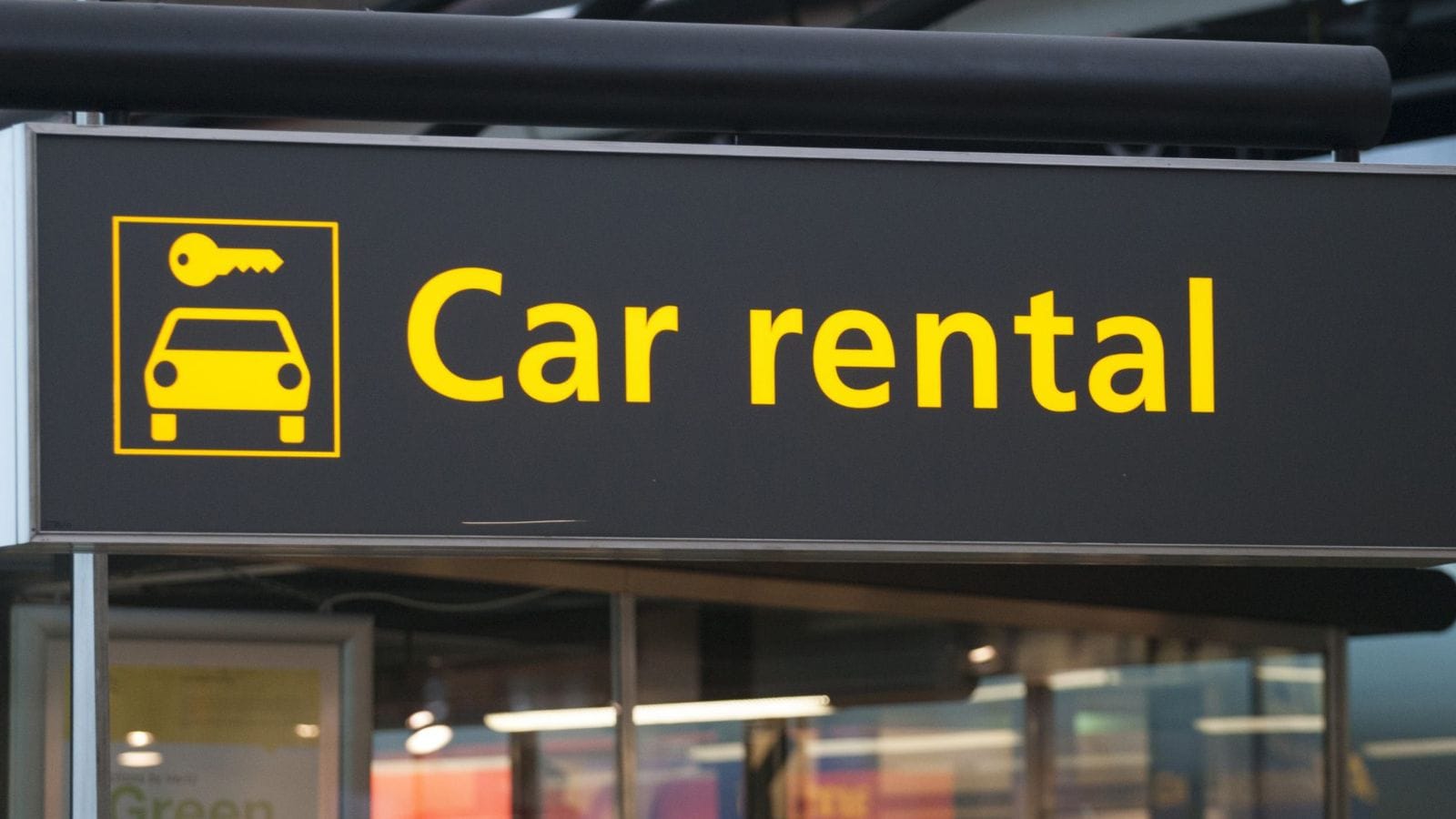
Fleet operators like Enterprise and Hertz buy in bulk. Tariffs on vehicles mean higher procurement costs—and yes, those are handed down to you when you’re picking up a minivan for the in-laws’ visit. Also, the interconnected nature of North American automotive supply chains means that tariffs can disrupt production and inventory levels, potentially leading to shortages and further price hikes in the rental market. In summary, tariffs are expected to increase vehicle acquisition and maintenance costs, leading to higher car rental prices in Canada.
Rural Drivers Get Hit Harder

With fewer public transit options and longer commutes, rural Canadians depend more on personal vehicles. The increased vehicle costs—potentially adding thousands of dollars to the price of a new or used car—pose a significant financial burden on rural residents. Moreover, the higher vehicle prices may lead to reduced consumer demand, affecting local dealerships and potentially leading to job losses in these communities. Plus, increased costs disproportionately hurt those in regions where driving isn’t a luxury—it’s survival.
Commercial Fleets Face Higher Operating Costs
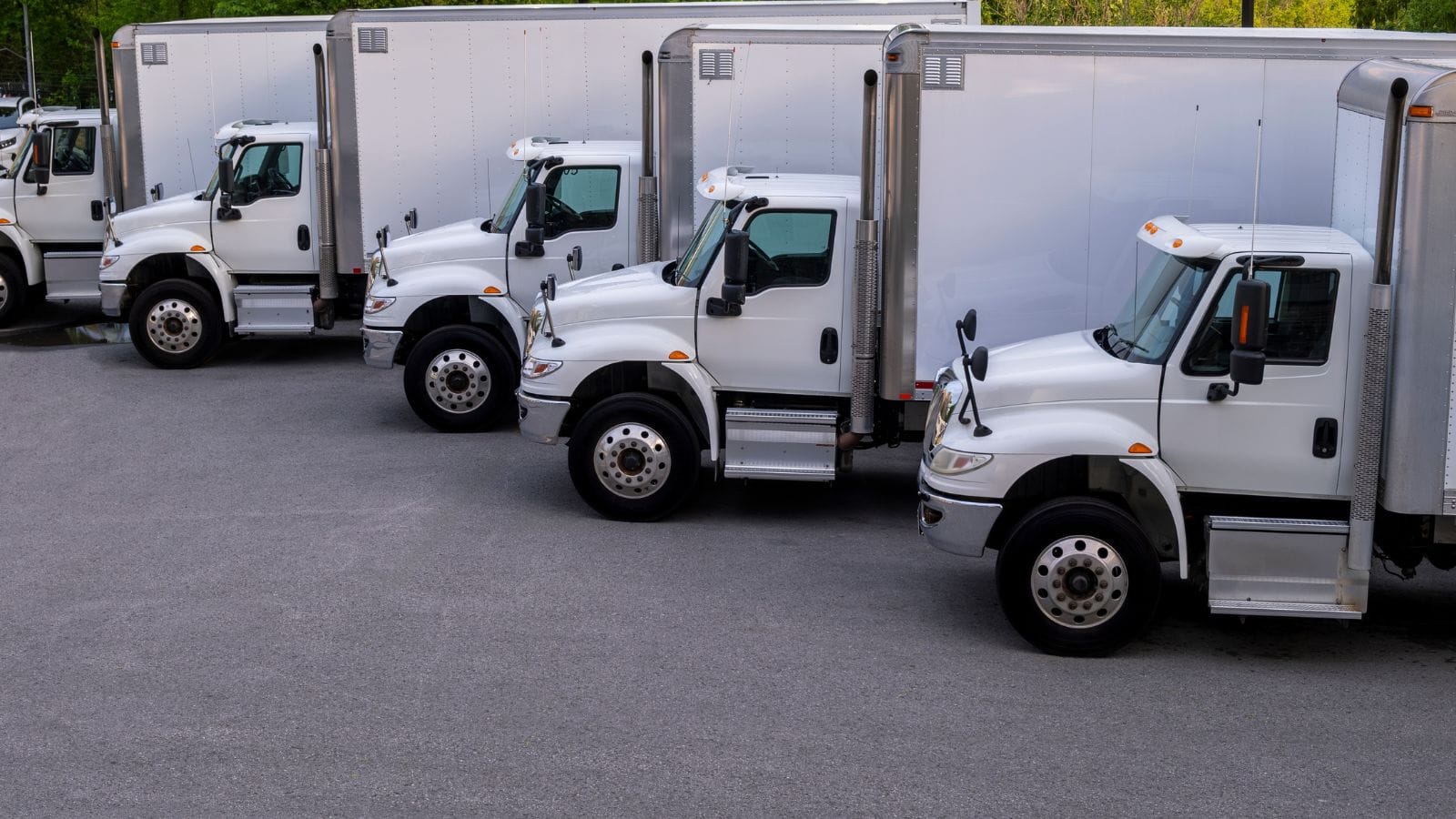
Commercial fleets in Canada are taking a financial punch in the gut — and it’s not just fuel prices doing the punching. Thanks to tariffs, especially on imported parts and vehicles (thanks, trade wars!), the cost of keeping big rigs road-ready has increased like a diesel-powered balloon. Repair parts? Pricier. New trucks? Wallet-weepingly expensive. Also, according to the Canadian Trucking Alliance, operating costs for fleets jumped nearly 10% last year, with tariffs playing a starring role. Even tires aren’t safe — a set of four now costs almost as much as a used Kia.
Driving Becomes More Expensive Overall

Buckle up, Canada—tariffs are sneakily making driving pricier, and it’s not just your gas tank we’re talking about. Thanks to global trade spats, imported car parts are feeling the heat. According to the Canadian Vehicle Manufacturers’ Association, roughly 60% of vehicle parts in Canadian-assembled cars are imported—hello, tariff traps! When the U.S. slaps tariffs on steel, aluminum, or EV batteries (and we retaliate), carmakers pass the cost onto Canadian motorists.
Cross-Border Trade in Used Vehicles Declines

Used vehicles often flow from the U.S. to Canada, especially when currency exchange is favourable. Tariffs can mess with that system, reducing options and lowering prices locally. In 2023, Canadian exports of used vehicles to the U.S. dropped by nearly 30%. Meanwhile, Canadian buyers face rising prices at home due to tighter supply—fewer imports = less choice = pricier lemons. So, unless you’re into roller-skating to work, these tariffs might steer your wallet off a cliff.
Ride-Sharing Gets More Expensive

Oh great, another reason to cry into your steering wheel: tariffs. Yes, the classic economic buzzkill will make your Uber rides more expensive, not because your driver took the scenic route. Here’s the scoop: Canada’s recent tariffs on Chinese electric vehicles (EVs)—some over 100%—mean fewer affordable EVs on the market. That’s bad news for ride-share drivers who rely on fuel-efficient or electric cars to keep costs low. And, with EV options shrinking and gas prices doing the samba, drivers are squeezed harder than a lemon in a margarita.
Ride-Sharing Availability Shrinks

As operational costs rise, fewer drivers may find it worth their while to stay on the road, especially in smaller cities. The result? Longer waits, fewer cars, and much more awkward small talk. Also, according to the Canadian Vehicle Manufacturers’ Association, EV costs rose by 20% in just a few months. Add in soaring insurance and gas prices, and ride-share drivers are either bailing or passing costs to you. So next time you wait 12 minutes for a 3-star Corolla, thank tariffs.
Auto Shows Become Less Exciting

Fewer imports and tighter budgets mean less variety at your local auto show. That means the average driver might soon be choosing between a base-model beige sedan and… another beige sedan. According to StatsCan, over 75% of vehicles sold in Canada are imported, so tariffs hit like a snowstorm in April—unexpected and annoying. Auto parts, too, cross the U.S.-Canada border multiple times; tariffs gum up the supply chain like a Timbit in a tailpipe, raising repair costs.
Vehicle Quality May Drop

Brace yourselves, Canada — your next ride might have fewer bells, whistles, and functioning cup holders. Why? Tariffs. When Canada slaps tariffs on imported car parts (in response to U.S. levies or trade tiffs), automakers’ costs go vroom-vroom. Rather than passing all the extra cost onto you (because, let’s face it, you’d stop buying cars and start cycling), manufacturers often cut corners. Think cheaper plastics, fewer safety features, or infotainment systems that feel like they’re from 2009.
Car Culture Suffers
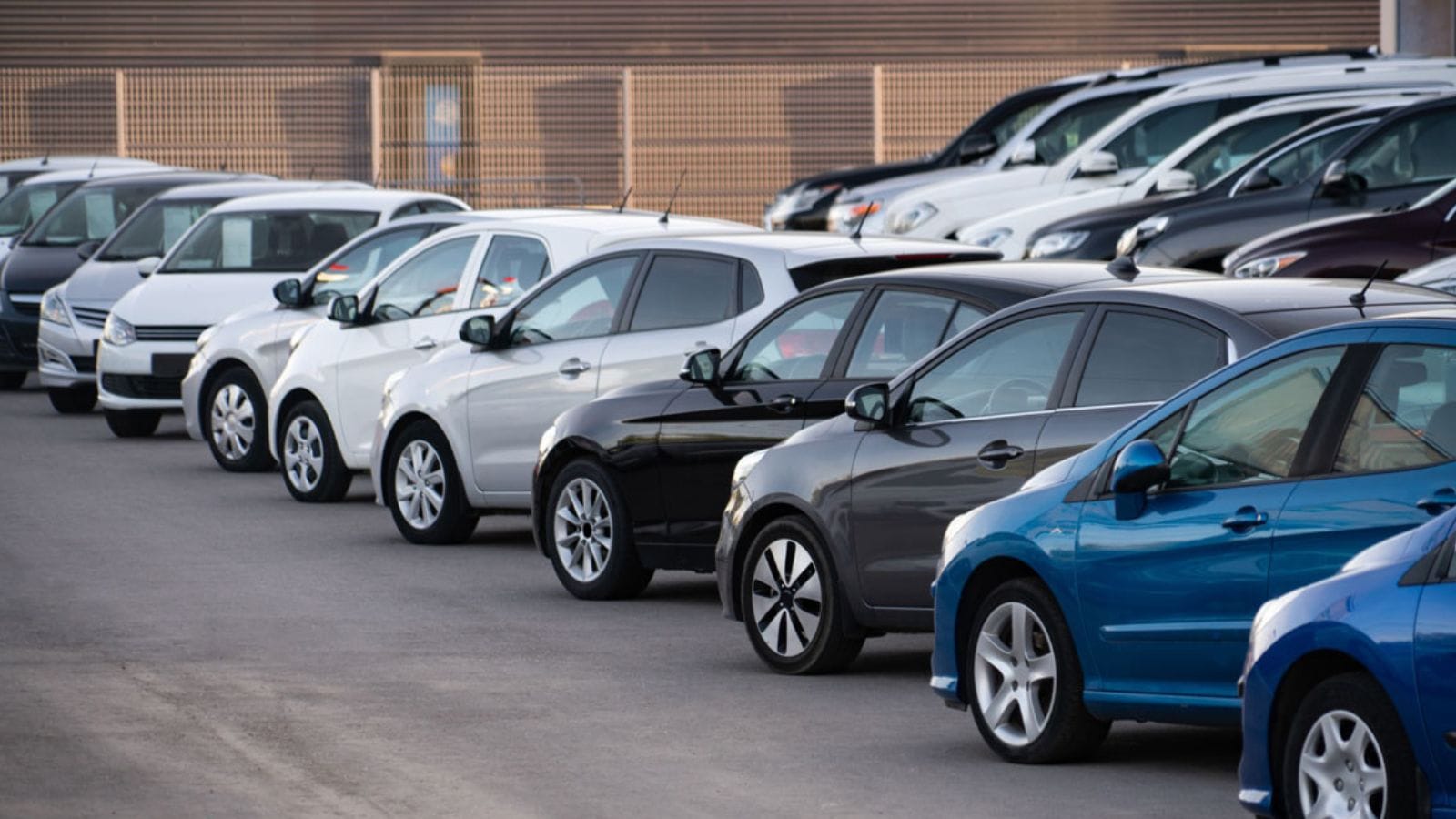
Fewer affordable enthusiast models and pricier parts will shrink the tuner and collector scene. Expect more forums about “how to mod on a budget” and fewer actual mods. The pain doesn’t stop at new cars. Auto parts—brake pads, spark plugs, even the humble windshield wiper—get pricier too. That means repairs could cost more than your mechanic’s coffee habit. And let’s not forget that higher prices mean people delay upgrading, so we’ll all drive rustier relics.
More People Driving Older Cars

Can’t afford a new car? You’re not alone. More Canadians are holding onto their aging rides like vintage wine, but it’s less “fine Merlot” and more “rusty Corolla.” Why? Tariffs, eh! As trade tensions rev up and auto part tariffs rise (especially from the U.S. and China), new vehicle prices in Canada have surged, averaging over $66,000 in 2024, up from $45,000 just five years ago. That’s like your Camry suddenly deciding it’s a Tesla.
Technological Advancements Slow Down

Higher costs reduce incentives for automakers to launch cutting-edge models in Canada. Features like advanced driver assistance systems may debut later here. So, drivers may face a double whammy: higher prices and fewer choices. Bonus bummer? Slower tech adoption—because if fewer folks buy new cars, automakers have less incentive to innovate. Plus, tariffs could make your next road trip to Moose Jaw pricier, slower, and possibly less electric.
Government Incentives Get Complicated

While the government rolls out incentives to encourage electric vehicles (EVs) and greener choices, tariffs on imported auto parts may drive up costs for manufacturers and buyers. The parts that make your ride run smoothly could cost more to import. Guess who’s picking up the tab? That’s right, you, the driver. The irony? You’re trying to save the planet by buying an electric car, but the price tag might make you rethink your options.
Economic Ripple Effects Beyond the Road
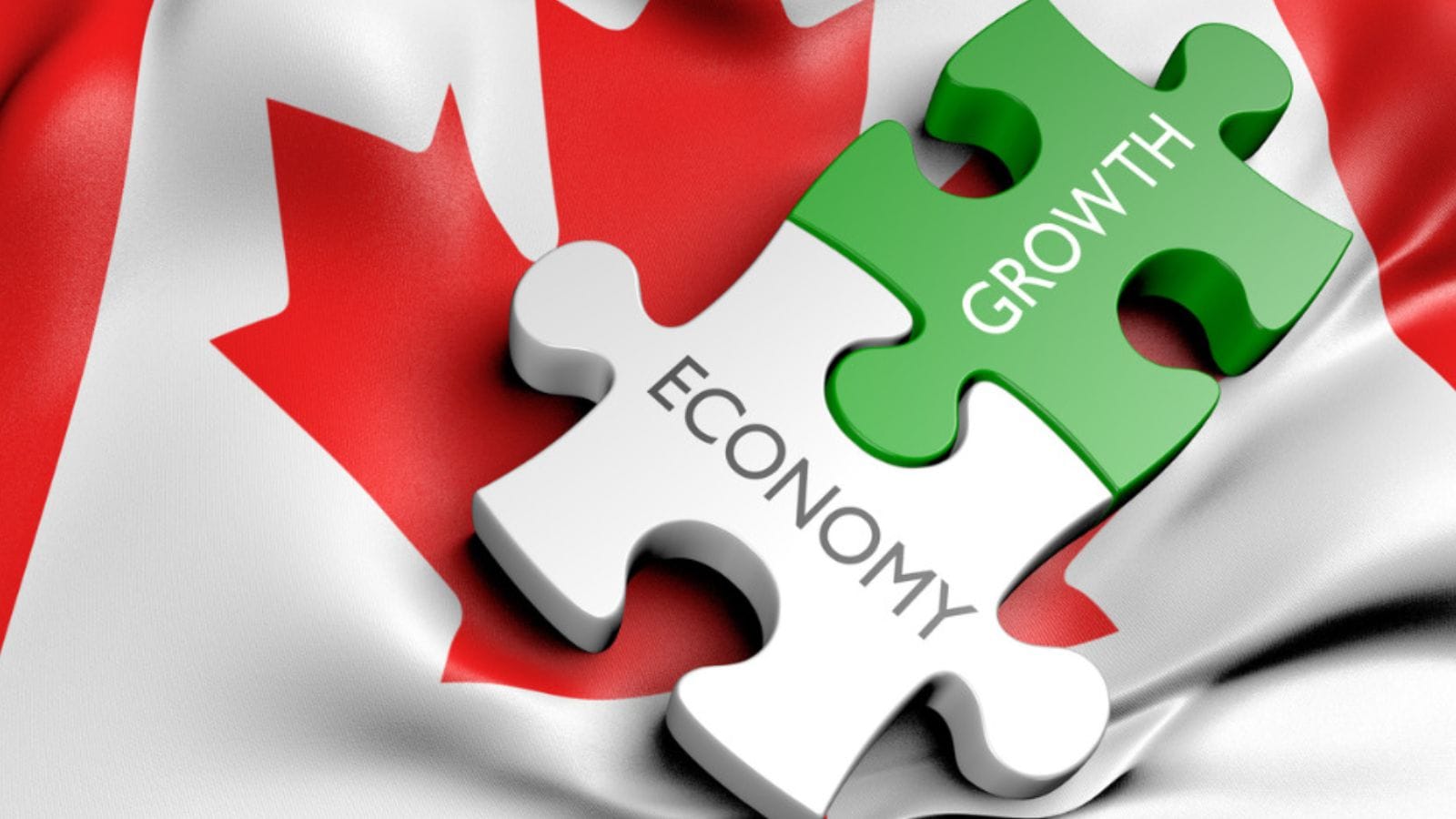
Imagine this: a shiny new set of tires for your car. Now, add a tariff to that set, and it costs more. That’s true for Canadian drivers when the government slaps tariffs on foreign goods. Not only do you feel it at the checkout counter, but the effect trickles down. Those tires? They’re part of a much bigger supply chain, and now that little hike in price affects everything from car repair costs to road maintenance projects. Oh, and don’t even get us started on the gas price, which, you guessed it, could also go up as tariffs make everything from oil to transportation parts more expensive.
22 Times Canadian Ingenuity Left the U.S. in the Dust

When people think of innovation, they often picture Silicon Valley. However, Canada has a history of innovation, too. Whether it’s redefining sports, revolutionizing medicine, or just showing America up at its own game, Canadian inventors, thinkers, and dreamers have had their fair share of mic-drop moments. Here are 22 times Canadian ingenuity left the U.S. in the dust.
22 Times Canadian Ingenuity Left the U.S. in the Dust
